West of the Tigris
$35.00
35+ pages of color photos of the people and surroundings from the one of the fiercest urban military engagements since WWII. (All photos are safe for all audiences) Free shipping within USA.
Softcover
38 pages
Printed in USA
Release date: 03-22-21

Good Done Better
Humanitarianism is good. But it is not always done well. Here are three principles to help you do good better!
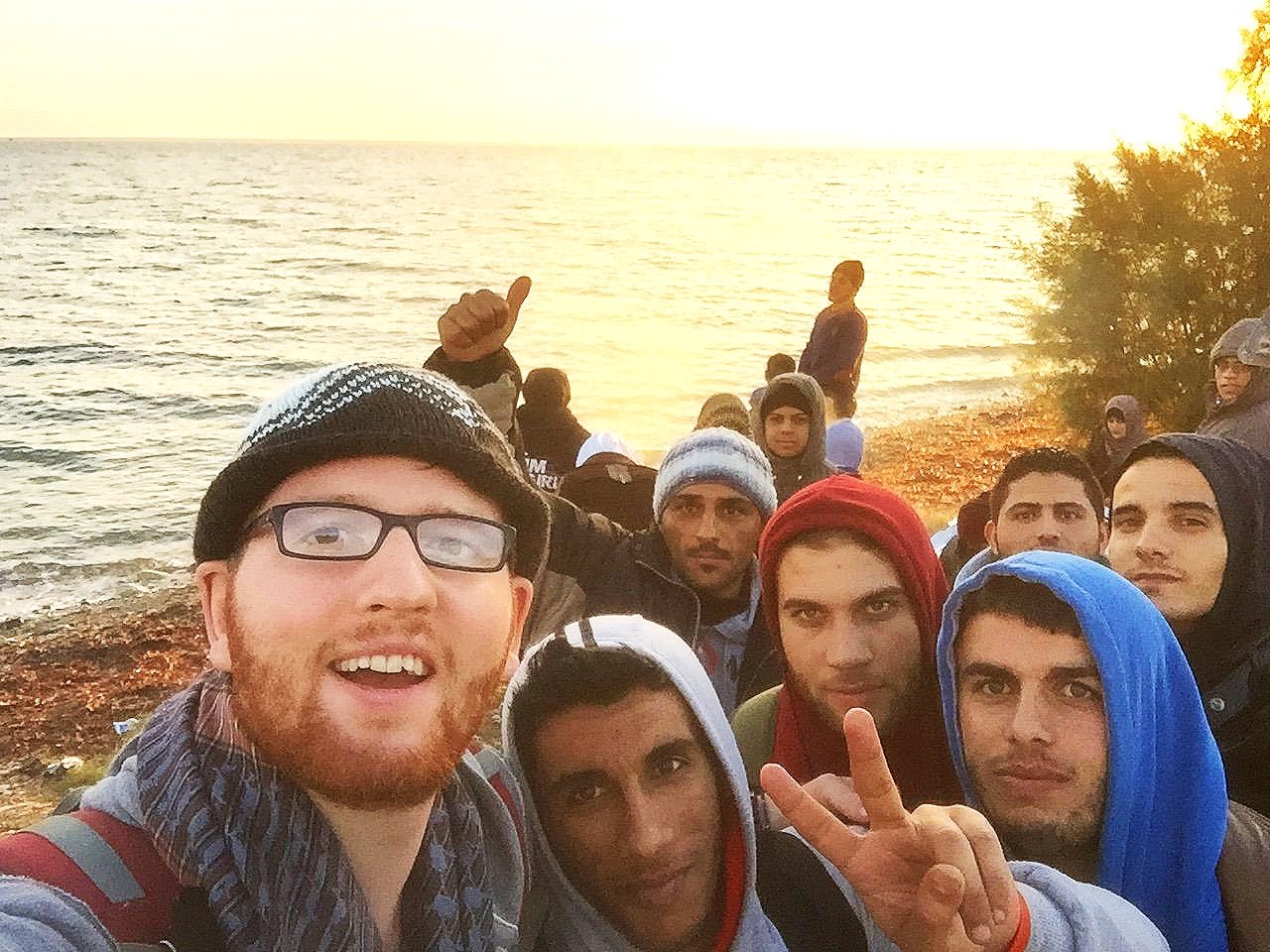
Refugees Adrift
What little food I had left was given to them. I wished I had more resources, but mostly wished I didn’t have to leave to catch my plane.
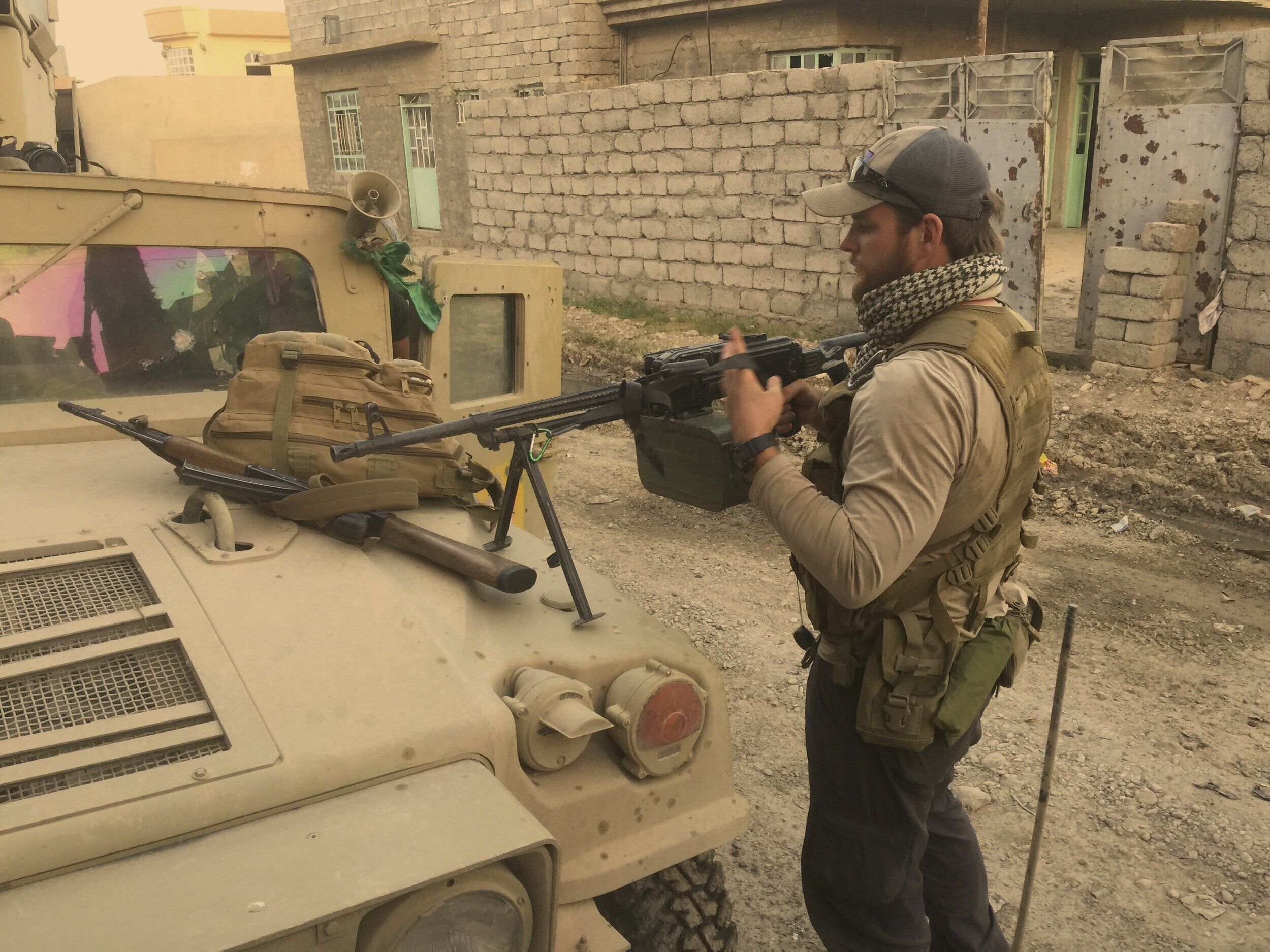
The Bravest Soldier
“Your brother was shot.”
My face went numb. Did he just get killed?
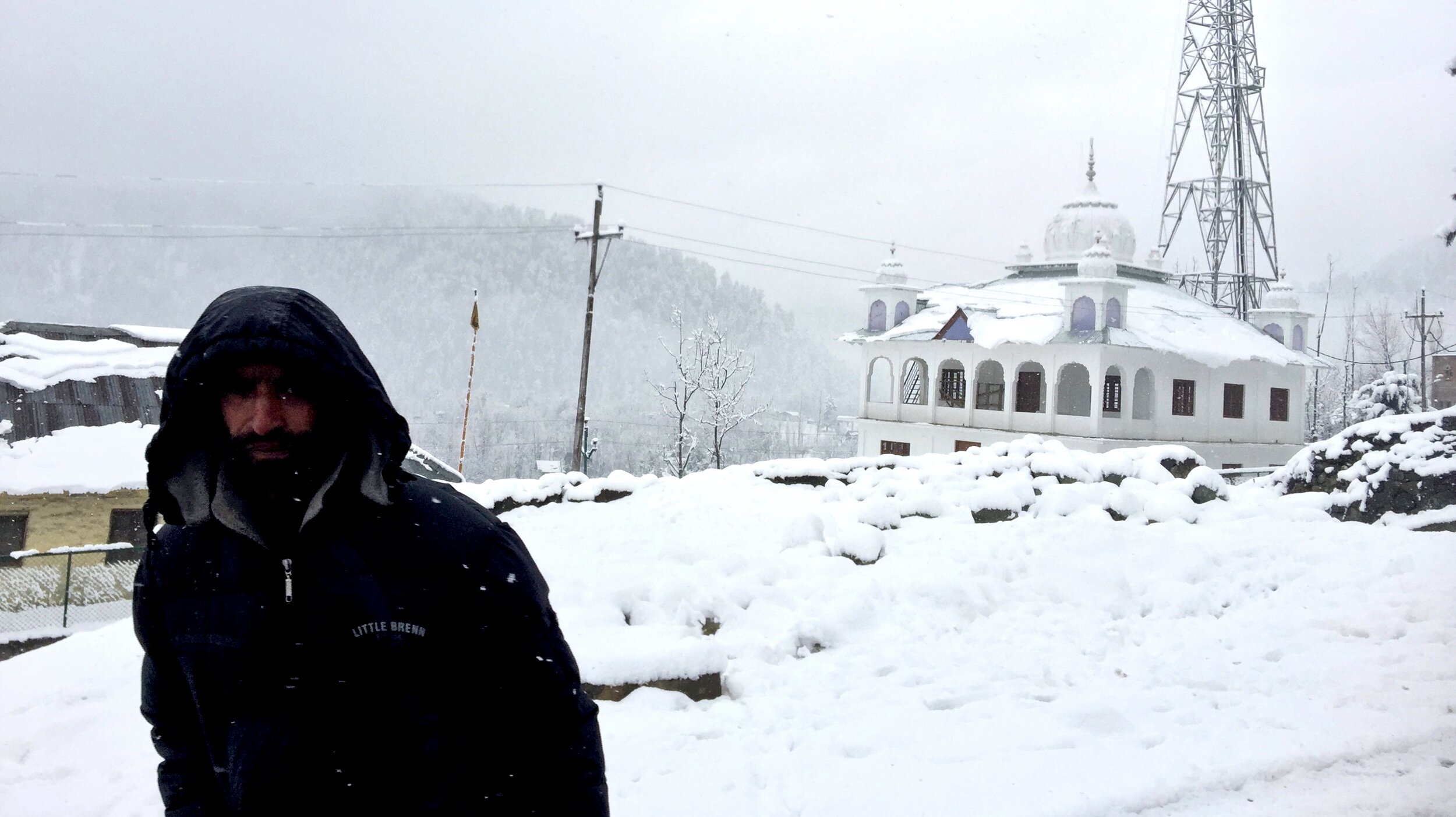
Kashmir
The old white jeep rumbled to a stop at the rustic roadside Down Hill Restaurant, just an hour outside Srinagar. This would be my last stop on the uphill journey to a mountain city near the Pakistani border...
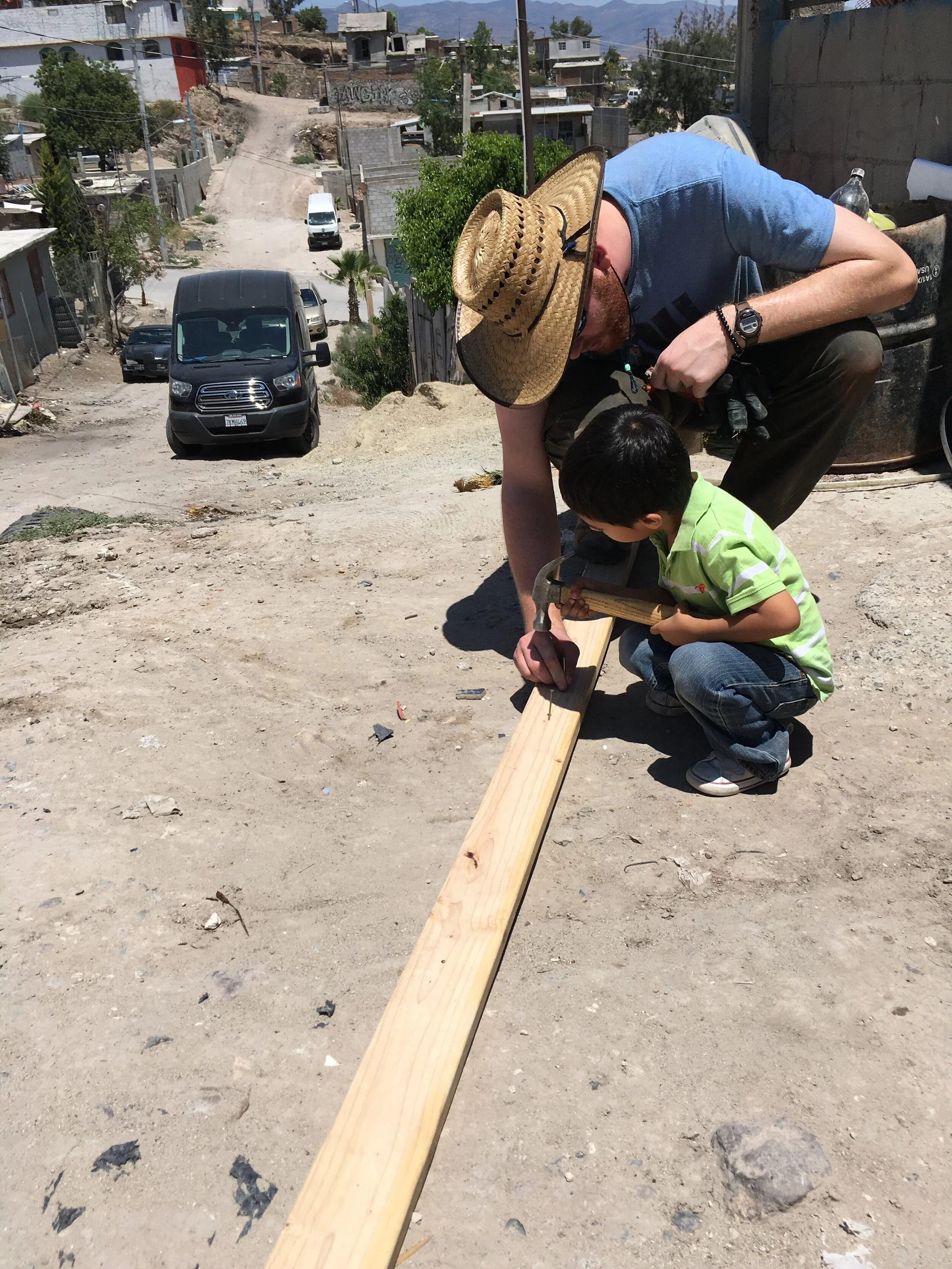
Good Done Better
Humanitarianism is good. But it is not always done well. Here are three principles to help you do good better
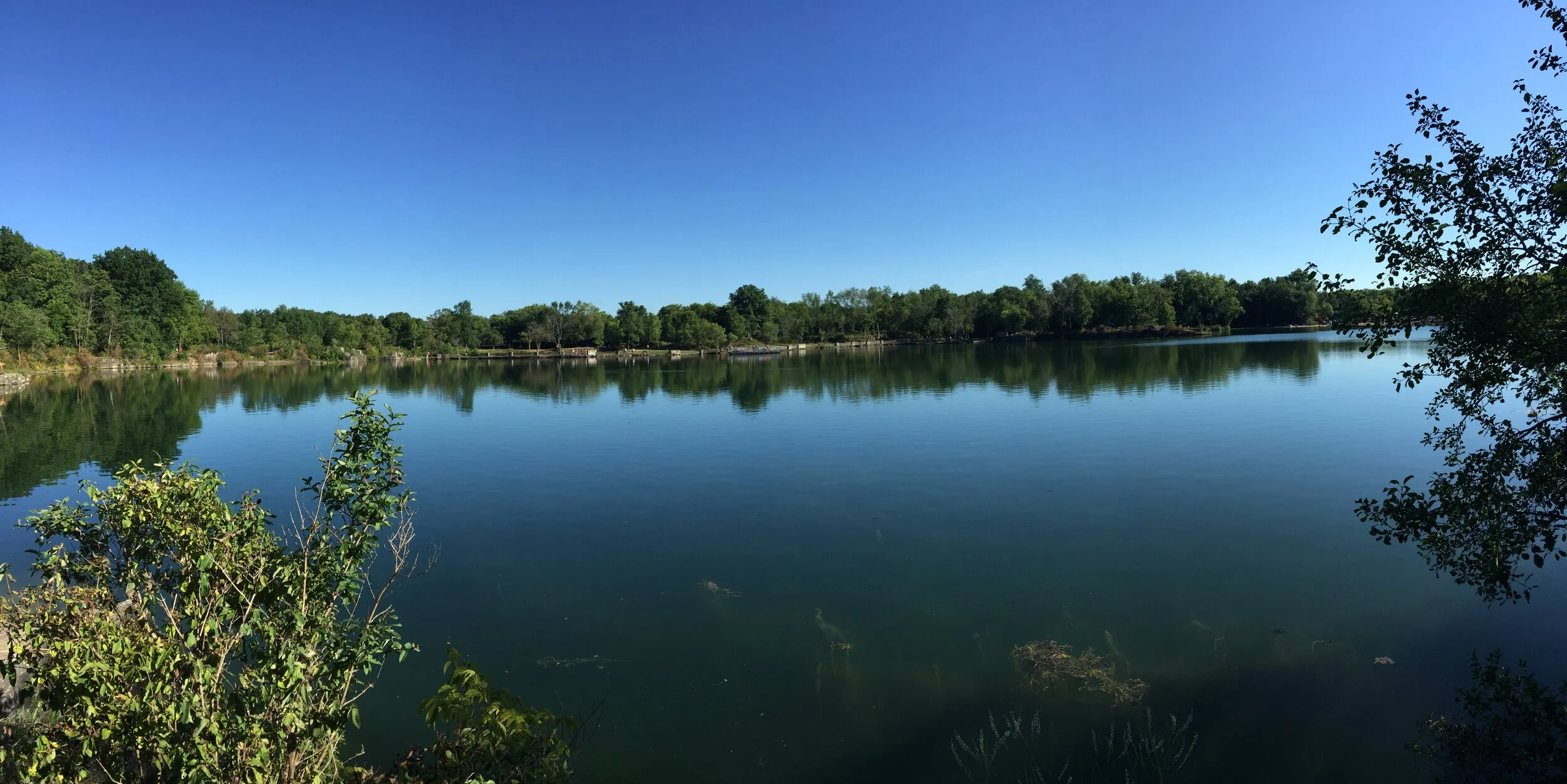
10 Humanitarian Standards of Excellence
The whole of this matter can be summed up in 5 well known words: Love your neighbor as yourself.

The Last Nazaheen
Iraqi Refugee Family
“When ISIS came, at first, everything was okay. But then they forced my family to pay a heavy fine because I am Christian.”
I ducked into what seemed to me like a permanent residence.
In traditional style, all the men sat down in the front room. The women went to make tea. The children buzzed in and out in curiosity and boredom. I was introduced by the translator, along with my friend Brian. We were here to gain a better overall understanding of the crisis happening in northern Iraq.
We got the story from the father, I’ll call him Abir.
Abir told us what had happened to his family. “Daesh (ISIS) came in as protectors, but us Christians were treated like dogs. My family was forced to leave our home or pay heavy fines which we couldn’t pay.”
He packed what he had and began his journey East.
His family joined many others in a camp just outside Erbil in Iraqi controlled Kurdistan. They had been lucky and were able to get a small home made with solid materials. They even had an electric clothes washer.
His wife entered with hot black tea which was served to us by an older daughter. This was welcomed on the chilly November afternoon. Several heaping spoonfuls of white sugar entered into my my little cup. I dare not complain as the glass made the kind of familiar clinking noise as only a small silver spoon assisting the sugar dissolve can.
We asked about work. They had been able to set up a little shop to resell items within the camp. We inquired about medical facilities. They had a doctors office, but it is always full and the women are forced to give birth at home.
Brian offered, “My wife teaches midwifery. She can help teach the local women how to safely give birth at home when there is no doctor available.”
Abir thanked us for coming, for being willing to spend time with his family, to hear their story, and to try to help him and his people.
Millions of families have been displaced. They deserve respect and resources. They have the skills and motivation to design solutions, but need support.
Becoming a Medical Humanitarian
Once again I felt under-qualified. “This will be the last time I can’t help.” I thought to myself.
I had always wanted to be a humanitarian. So I took the necessary steps and became one! I had just graduated from EMT night-school and had passed the National Registry for EMTs. I was inspired to do so after several encounters where medical knowledge would have been helpful, but I felt useless because I only knew how to put a bandaid on a little wound.
A month after getting my EMT license, I decided to take some time off and went to tour India once again as India is one of my favorite places I’ve been!
From previous experience traveling, I knew I would be in situations where medical aid was needed. While touring around the country and visiting beautiful sites such as the Taj Mahal in Agra and the Himalayan mountains, I was invited to come help some local villagers who needed medical aid and didn’t have regular access to healthcare providers.
I would spend the following two weeks in several tribal villages and volunteer to help people who did not have regular access to Western-style medical professionals.
The lesson I learned is this: Be a lifelong student. Once you learn a new skill, put it into practice immediately. And never stop learning.
Kashmir
SRINAGAR, Kashmir - The old white jeep rumbled to a stop at the rustic roadside Down Hill Restaurant, just an hour outside Srinagar. This would be my last stop on the uphill journey to a mountain city near the Pakistani border. As I stepped onto the fresh late-January snowfall, a gust of wind at 2,100 meters (7000 feet) elevation bit at me forcing me to throw my earth-toned shemagh around my neck.
I stumbled into the dhaba looking for a place to relieve myself. The sound of tinkling glass suddenly filled my ears. A cup was placed before me. I sampled the aroma wafting from the hot glass. It pulled me in. I took a sip. My eyes widened.
What is this?, I wondered aloud.
The sweet cinnamon and cardamom of the Kashmiri kahwa green tea balanced on my tongue for a moment before washing down. A warm chill made me smile. This is delicious. I clinked the mini spoon around the tea watching the saffron blades and almond wedges swirl in the golden-green brew. I understood what makes this tea famous in the northernmost region of India.
WHAT IS KASHMIR?
Kashmir is a beautiful and delectable country that over the centuries has been pulled like a rope in a tug-of-war game between major super powers vying to own for themselves the intrinsic beauty of the land. Himalayan Cashmere goats produce the wool woven into expensive and world famous pashmina scarves and shawls. It is important to grasp that one cannot simply enter the current story of Kashmir and expect to fully understand the complex and bloody history of the region without first comprehending the eternal struggle found in its past. A lot has happened to make Kashmir what it is today.
Although on paper Kashmir currently belongs to India, Pakistan has another paper that supposedly nullifies this claim. And for hundreds of years this land of beauty has been crawling with various militaries trying to hold it in their possession. But what do the people of Kashmir actually want for themselves?
In the beginning, Kashmir was established as a Hindu and Buddhist center. Over a millennium ago, Kashmir was notably recognized by the governments of the extended region. In the 14th century, Islam was established by a new ruler and it has remained ruled as such.
WHO IS THE KASHMIRI?
In an article written by the Kashmir Life online journal, they described Kashmir in the following way: “Superstition has made the Kashmiri timid. Tyranny has made him a liar, while physical disasters have made him selfish and incredulous of the existence of good.” While this is an overt cynical view, it nevertheless peels back the face mask they use to protect the essence of who they really are. The Kashmiri is human; and like all humans will demonstrate the will power to survive in an often hostile and devastating environment. Strip away oppression and you have a beautiful people. Indeed, their beauty can be seen even in the face of such critical life threats.
I put the empty glass cup down on the table. Our aromatic lamb, or “Rogan Jowsh”, snack was finished. Mountain food at its best. My Kashmiri waiter was pleased upon seeing the satisfaction on my face. It was time to continue the journey up.
Late that night we had a private rendezvous with a local man who had become a Christian - a religious minority who’s tenants would be persecuted, even killed, if discovered. Others had died. My translator’s friend had recently died because of this religious affiliation. When asked what he wanted for the Kashmiri people this man said that he and most of his friends wanted an independent Kashmir. He believed that there would be peace amongst the religions without the influence of violence to gain control of the country.
Like peace, the desire for autonomy crosses any religious and sectarian boundaries. The man had expressed his desire for peace for the people of Kashmir. He wished for the government powers and insurgency to subside their violence and warfare.
Outside it had started snowing heavy. As I got into bed I wondered what would it take for there to be peace in Kashmir. Why don’t the powers that be just relinquish their rights? Many lives would be saved. Is peace too much to ask for? I drifted off to sleep. When I awoke, I saw that the morning light produced a plush and virgin white landscape.
Up here in the snowy mountains it was peaceful, tranquil. But what about the rest of Kashmir? Down below in Srinagar the Indian army crawled through the dingy cold roads in the name of peace. Somewhere huddled inside a cold dingy house men plan another upraising in the name of peace.
In the end, the Kashmiri is a peaceful and creative people. The Kashmiris I met treated me with utmost kindness and respect. While oppressed on every side, they are not crushed. They are resilient. They press forward. They are hopeful. As the warmth of summer promises to arrive following winter, so does peace in a land fraught with the constant struggle for independence.
Entering the city I noticed while passing neighborhoods, some had strings of black flags hung over the roads, while others had green flags hanging over the roads. My translator said that they were to signify what type of Islam was followed in that particular neighborhood. All others were forbidden to enter.
We made our way to the Hazratbal Mosque on the western banks of Dal Lake. It is the only mosque in Srinagar that is domed. All others have a distinct pagoda style roof. Also known as Masjid Dargah Sharif, this shrine houses a special holy relic: a hair from the prophet Muhammad. Doves in droves fluttered as we walked past the entrance. We removed our shoes entered the mosque with permission. The women stayed behind in the “foyer” while the men went into the holy sanctuary and sat down cross-legged in the back, being careful not to disturb the men praying. I prayed for them that they would find peace and would be able to connect with God. I prayed for peace for Kashmir.
10 Humanitarian Standards of Excellence
Humanitarian standards of excellence is a complicated topic, and deserves to continually be refined. As a start, here are 10 Standards of Excellence that I believe should be implemented across spheres. This is especially helpful for those who are interested in entering the humanitarian world.
The whole of this matter can be summed up in 5 well known words: Love your neighbor as yourself.
The Golden Rule: Do for others what you would want them to do for you.
Seek first to understand.
Go as a learner. Observe and ask questions.
Give charity with dignity.
Honor the people. Most of the time the people have the skills and motivation to design solutions. They just need support. i.e. Don’t give the kids gifts when the parents can’t. Give the gift to the parents and then let them give to the children.
Be strategically helpful.
This is different from being strategic in helping. Showing up without a plan and without qualitative skills to contribute can have tragic effects. Have a plan, even if is as simple as passing out water bottles to thirsty people in a conflict zone or supporting those on the front lines of work. Just showing up to see how you can help is not the best idea. But do be a servant and help in anyway that is needed.
Don’t go in blind.
Learn about the region before and during your trip. Ask questions. What skills should you have before going? What led to the current crisis? Write what you see and report what you learn. Education isn’t just for school children.
Be intentional about being relational.
Human’s love music, smiles, hugs, food, stories, and song. If you’ve got something to contribute, share it! Let them share too!
Stay neutral until you become good friends.
Philosophy, politics, and religious views are appropriate to discuss only after you have established a deep personal connection and rapport. Please don’t go to simply convert someone to your current way of thinking. But do be a learner and be willing to discuss your views and experiences. This can be an enhancing interaction.
Be flexible & adaptable.
This is critical in going to serve as things will almost always change. Don’t complain about it, just go with the flow. “Be like water, my friend.” - Bruce Lee
Trust the people from day one.
Yes, you will get taken advantage of but you will help them more by trusting them. A healthy dose of street smarts is required for this to work well.
Take calculated risks and don’t worry about making mistakes.
Helping is risky business. Once you’re willing to do the uncomfortable, that’s when the most fun happens. It’s a lot of work to help others. You will have to do things you don’t want to do and sometimes will be asked to do something that you don’t know how to do. Don’t assume you know how to do everything. It’s okay to take a temporary break to regain your strength and charge up to go back out.
What do you think could help make this list better?







